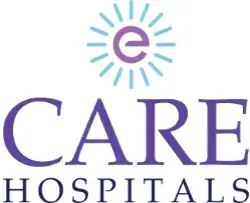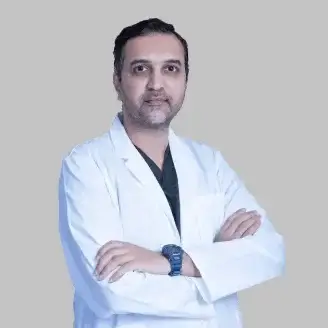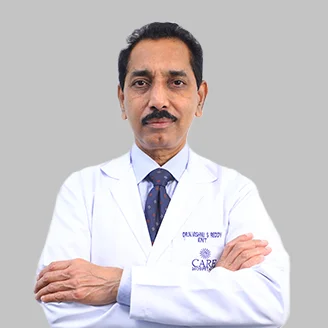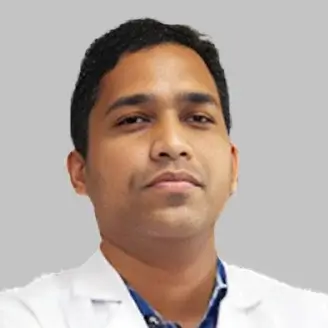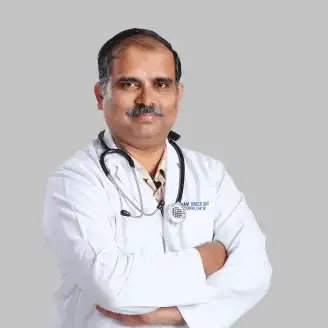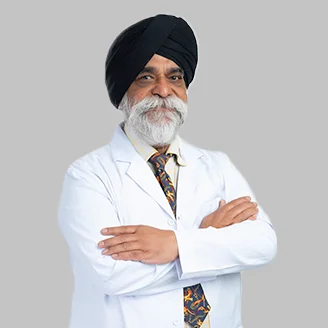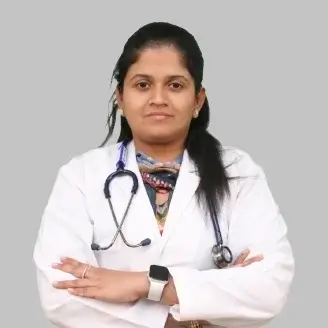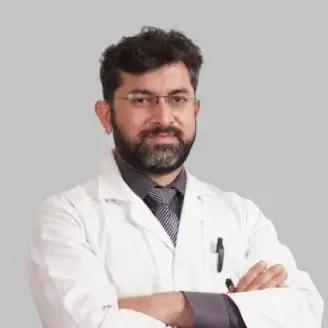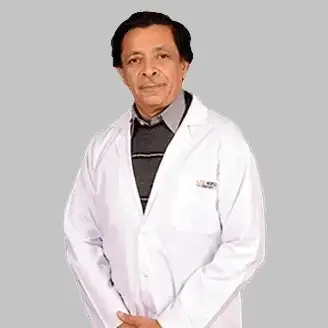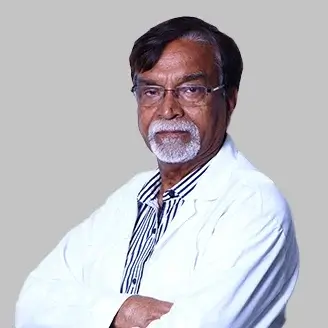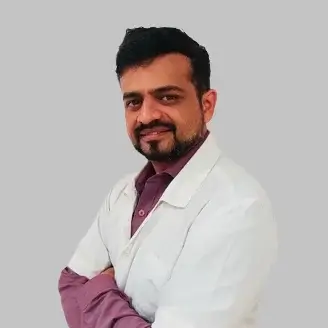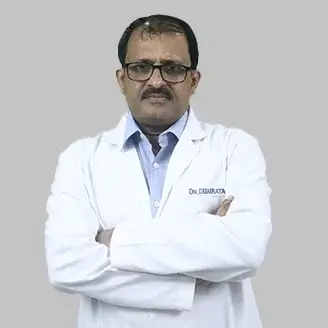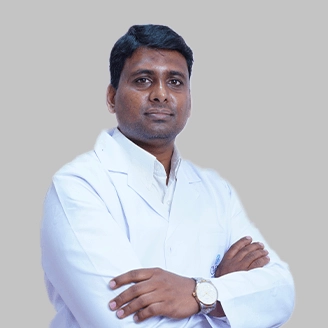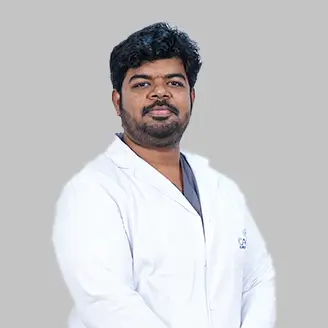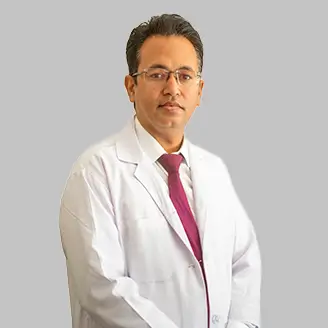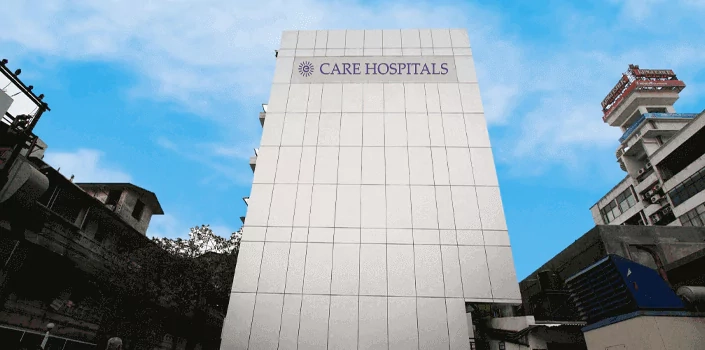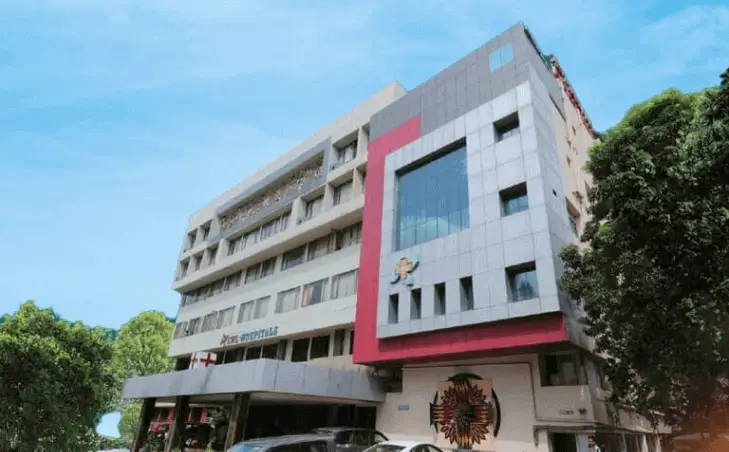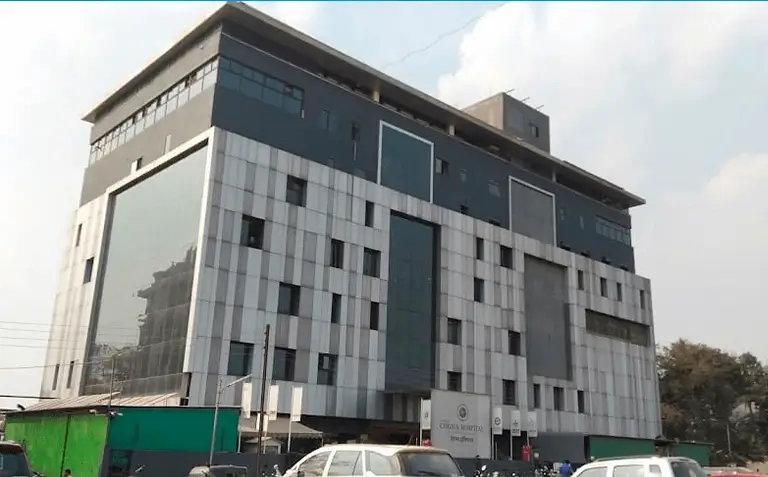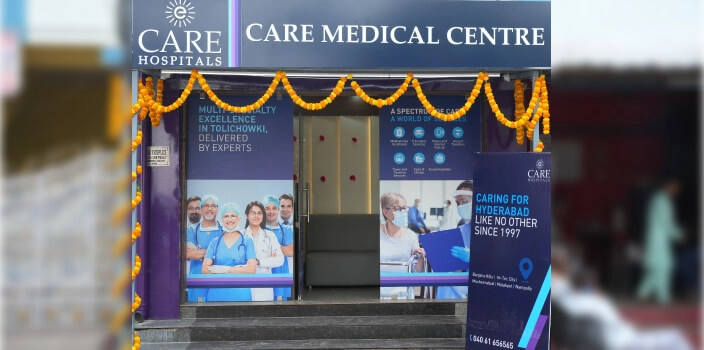-
Doctors
-
Specialities & Treatments
Centre of Excellence
Specialties
Treatments and Procedures
Hospitals & Directions HyderabadCARE Hospitals, Banjara Hills CARE Outpatient Centre, Banjara Hills CARE Hospitals, HITEC City CARE Hospitals, Nampally Gurunanak CARE Hospitals, Musheerabad CARE Hospitals Outpatient Centre, HITEC City CARE Hospitals, Malakpet
HyderabadCARE Hospitals, Banjara Hills CARE Outpatient Centre, Banjara Hills CARE Hospitals, HITEC City CARE Hospitals, Nampally Gurunanak CARE Hospitals, Musheerabad CARE Hospitals Outpatient Centre, HITEC City CARE Hospitals, Malakpet Raipur
Raipur
 Bhubaneswar
Bhubaneswar Visakhapatnam
Visakhapatnam
 Nagpur
Nagpur
 Indore
Indore
 Chh. Sambhajinagar
Chh. SambhajinagarClinics & Medical Centers
Book an AppointmentContact Us
Online Lab Reports
Book an Appointment
Consult Super-Specialist Doctors at CARE Hospitals

Best Hospital for Palatoplasty Surgery in Hyderabad
- Advanced Technology
- Shorter Hospital Stay
- Pre & Post-Operative Care
- All Insurance Accepted

Chat With Our Experts
Get second opinion on Whatsapp
25 lakhs+
Happy Patients
Experienced and
skilled surgeons
17
Health Care Facilities
Top most Referral Centre
for Complex Surgeries
Advanced Palatoplasty Surgery
Cleft lip and palate surgery changes the lives of children born with this condition. One in every 700 children needs this expert surgical correction to develop normal speech and avoid complications. At the time of birth, this condition can drastically affect a child's development without proper medical care.
Doctors perform palatoplasty surgery to repair the roof of the mouth when children are 6 to 18 months old. The Furlow double-opposing Z-plasty technique produces excellent results. This method achieves remarkable palatal lengthening of about 15mm and reduces fistula formation. Surgeons use this approach to fix both functional and aesthetic elements of cleft palate effectively.
These children face unique challenges beyond their visible differences. Middle ear fluid collection develops in 90% of cases during their first two years. These numbers show why selecting the right surgical team becomes crucial for families during this experience.
Why CARE Group Hospitals is Your Top Choice for Palatoplasty Surgery in Hyderabad
CARE Group Hospitals in Hyderabad will give you access to exceptional medical expertise for palatoplasty surgery. Doctors explain your options in simple language, easing your concerns for your child's safety. The hospital is pioneering cleft palate treatment & provides detailed care based on each patient's needs.
CARE Hospital also provides post-surgical support with speech therapy and follow-up care to ensure the best recovery and development. Their all-encompassing approach means each child gets personalised treatment designed for optimal outcomes.
Best Palatoplasty Surgery Doctors in India


State-of-the-art Surgical Breakthroughs at CARE Hospital
CARE Hospital uses advanced surgical methods like the two-flap palatoplasty technique. This technique showed remarkable outcomes, with a small number of patients having speech defects. The hospital also uses the latest palatal repair breakthroughs, such as buccal fat pad flaps. These flaps have proven successful with minimal complications.
Like other leading institutions, CARE Hospitals focuses on proper muscle examination and surgery timing to reduce complications and achieve better speech outcomes. Their surgical approach carefully handles both functional and aesthetic aspects of cleft palate repair.
Conditions for Palatoplasty Surgery
Palatoplasty helps treat several conditions:
- Cleft Palate: The most common congenital craniofacial anomaly
- Submucous Cleft Palate: Both overt (visible) and occult (hidden) types
- Velopharyngeal Insufficiency: Affecting speech quality
Children between 6 to 12 months old are ideal candidates for this surgery. This timing works best because it matches tissue development around the cleft and happens before significant language development. This gives children the best chance to develop normal speech.
Types of Palatoplasty Procedures
CARE Hospitals provides various palatoplasty techniques that match each patient's specific needs.
Hard palate repairs include Veau-Wardill-Kilner V-Y, von Langenbeck, and two-flap palatoplasty.
The two-flap technique stands out for its low complication rate.
The hospital uses intravelar veloplasty and double opposing Z-plasty (Furlow technique) for soft palate repairs. The Furlow approach has become popular because it minimally affects long-term facial growth.
Know The Procedure
A successful palatoplasty requires careful planning, expert surgical skills, and focused aftercare. Families can better prepare for this life-changing procedure by understanding each step.
Pre-surgery Preparation
Doctors start the preparation about two weeks before the scheduled surgery date. They recommend applying Vaseline to the corners of the mouth twice daily. This keeps the skin soft because surgeons need to open the mouth wide during the procedure.
Parents must stop giving aspirin and ibuprofen to their children two weeks before surgery to avoid bleeding problems. A nurse will call the parents approximately one week before surgery to check the child's health history and explain specific feeding instructions.
Parents will get strict guidelines about their child's last meal or drink the day before surgery:
- Human milk up to 4 hours before surgery
- Formula up to 6 hours before surgery
- Clear liquids up to 2 hours before surgery
Palatoplasty Surgical Procedure
Surgeons start by giving general anaesthesia. They place a device in the mouth to keep it open throughout the procedure.
The surgical method needs incisions on both sides of the cleft and loosening of tissue layers. The surgeon then stretches and moves the tissue toward the middle of the mouth's roof. This creates a "Z" closure that makes the soft palate longer and puts muscles in their normal positions.
The surgery usually takes 2-3 hours. Modern techniques focus on closing without tension and leaving minimal exposed bone, which reduces complications.
Post-surgery Recovery
Children usually stay in the hospital for 2-3 days. During recovery, they might experience:
- Blood-tinged mucus or saliva
- More nasal drainage
- Snoring and congestion as the swelling goes down
- Sleep problems that don't last long
Soft foods work best for three weeks after surgery. Children should drink water after meals to clean the repair site. Parents need to keep hard objects, dummies and toothbrushes away from their child's mouth while they are healing.
Risks and Complications
Palatoplasty is generally safe, but it can have some risks:
- Bleeding
- Fistula formation
- Infection
- Speech difficulties
- Growth issues in the maxilla
Benefits of Palatoplasty Surgery
The main benefits are separating oral and nasal cavities, better speech development, and normal feeding. Surgery between 6-18 months gives the best speech results with minimal growth disruption.
Insurance Assistance for Palatoplasty Surgery
Most health insurance plans will cover palatoplasty as a reconstructive procedure. The coverage usually takes care of the surgeon's fee, hospital costs, anaesthesia, medications, and needed post-surgery supplies.
Second Opinion for Palatoplasty Surgery
A second opinion will help you plan the best treatment. Specialists can give explanations about diagnosis and treatment choices through virtual consultations. Most doctors welcome new opinions and use this information to plan the treatment.
Palatoplasty Surgery Hospitals in India
-
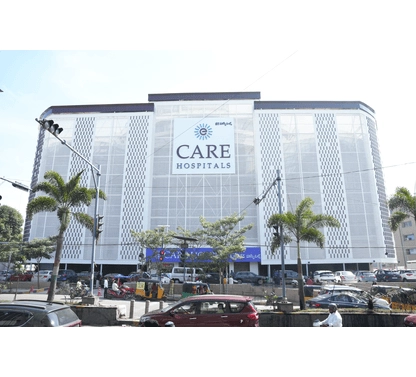
CARE Hospitals, Banjara Hills, Hyderabad
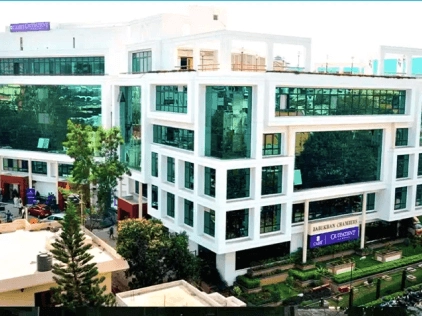
CARE Hospitals Outpatient Centre, Banjara Hills, Hyderabad
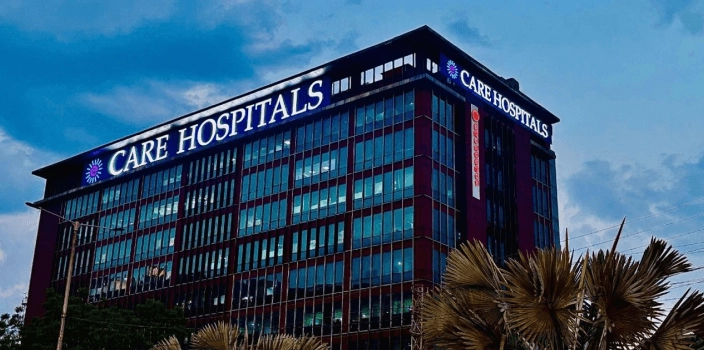
CARE Hospitals, HITEC City, Hyderabad
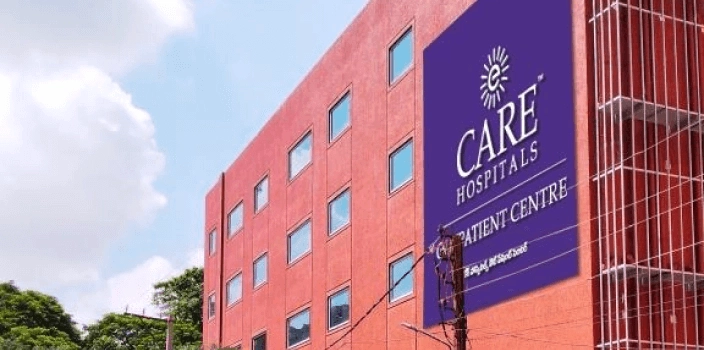
CARE Hospitals Outpatient Centre, HITEC City, Hyderabad
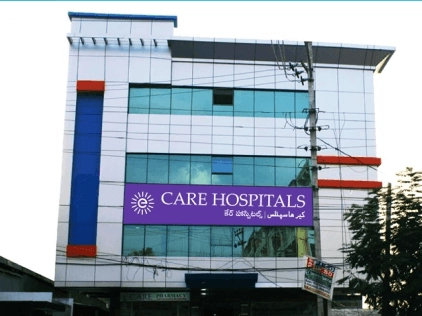
Gurunanak CARE Hospitals, Musheerabad, Hyderabad

CARE Hospitals, Nampally, Hyderabad
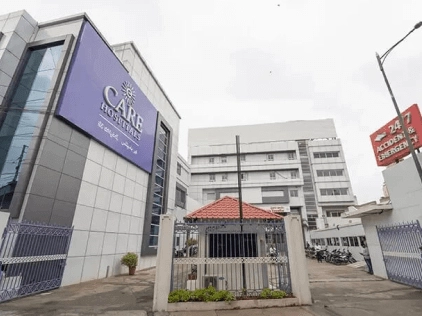
CARE Hospitals, Malakpet, Hyderabad
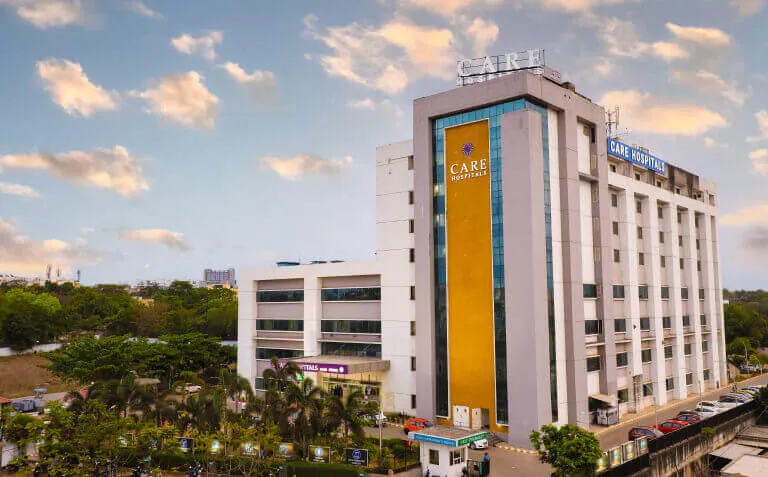
CARE Hospitals, Bhubaneswar
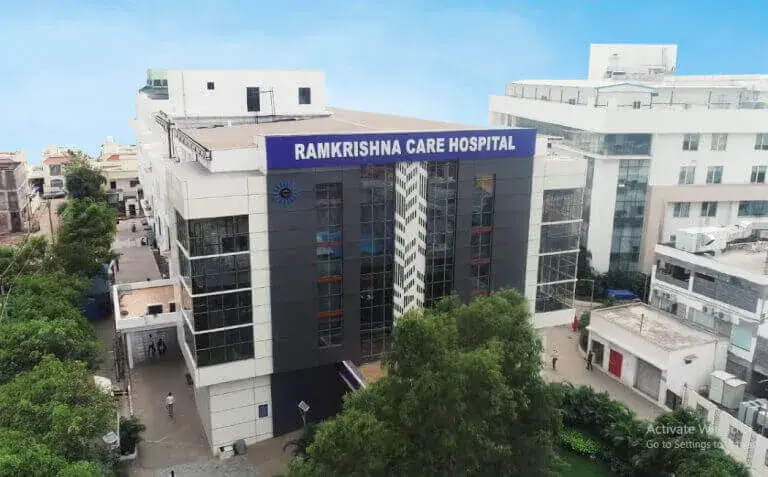
Ramkrishna CARE Hospitals, Raipur
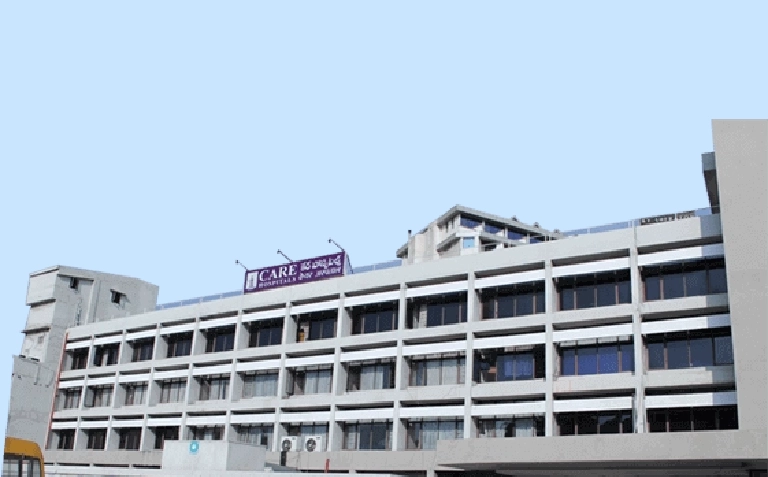
CARE Hospitals, Ramnagar, Visakhapatnam
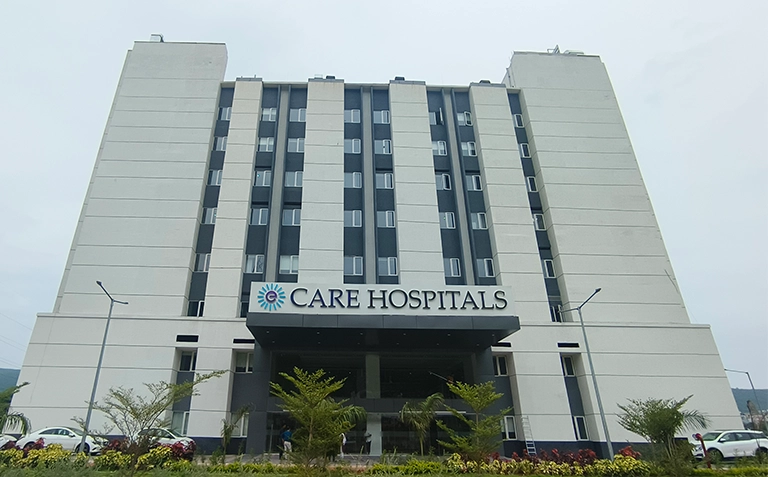
CARE Hospitals, Health City, Arilova
Related Surgeries
- Best Hospital for Thyroplasty Surgery in Hyderabad
- Best Hospital for Mastoidectomy Surgery in Hyderabad
- Best Hospital for Palatoplasty Surgery in Hyderabad
- Best Hospital for Turbinoplasty Surgery in Hyderabad
- Best Hospitals for Maxillectomy Surgery in Hyderabad
- Best Hospital for Septoplasty Surgery in Hyderabad
- Best Hospital for Hemithyroidectomy Surgery in Hyderabad
- Best Hospital for Tracheostomy Surgery in Hyderabad
- Best Hospital for Myringotomy in Hyderabad
- Best Hospital for Adenoidectomy Surgery in Hyderabad
Frequently Asked Questions
This surgery fixes the opening between your child's nose and mouth - a condition known as cleft palate. Your child will breathe, speak, hear, and swallow better after the procedure. The surgical team will reconnect the soft palate muscles to create a proper roof of the mouth. This helps your child develop normal speech patterns.
The surgery usually takes 2 to 3 hours. Your child's specific case might need more or less time. Simple clefts need about 120 minutes of surgical time. Complex cases might stretch up to 180 minutes.
Yes, this counts as major surgery because it rebuilds crucial structures in your child's mouth. Your child will need general anaesthesia and careful monitoring afterwards. Modern surgical techniques have made this procedure remarkably safe.
Your child will need 3-4 weeks to recover fully. The palate takes about three weeks to heal. During recovery, your child might feel uncomfortable and eat differently than usual.
Doctors recommend the surgery between 6 to 18 months of age. The best time falls between 9 to 12 months. This timing helps speech development and reduces effects on facial growth. Children who have surgery before 18 months usually develop better speech.
Your child will receive general anaesthesia. The process starts with a "sleepy air" mask. Once asleep, the team gives stronger medication through an IV line. Your child won't feel any pain during surgery.
Most children stay 1 to 3 days. Some hospitals prefer keeping patients for 5 days. Your child might need overnight monitoring in paediatric intensive care right after surgery.
The surgery carries some risks. These include
- Bleeding
- Wound separation
- Fistula formation
- Infections
- Breathing problems
- Speech issues
- Ear infections
Your child needs a specific diet while healing from palatoplasty surgery:
- Soft, pureed or mashed foods work best during the first three weeks
- The food should be free of chunks, lumps, pieces, seeds, grains, pulp and skin
- Hard or crunchy items like cereal, cookies, crackers and chips are off-limits
- A spoon must be used for feeding—your child shouldn't feed themselves
Most children return to their regular diet by the third week after surgery. Your child might eat less at first, but this won't last long. Give water after meals to clean food particles from the surgical site.
Palatal surgery substantially affects speech development. Children who get palatoplasty at a younger age develop better speech patterns.
Speech therapy usually starts 3-4 weeks after surgery once the palate heals. Doctors schedule a speech evaluation 3-6 months after the procedure. Some children need speech therapy to develop normal sound production, especially with later surgeries.Additional procedures are common. These include:
- Speech-correcting surgeries
- Fistula repair
The Furlow palatoplasty and Sommerlad techniques show better results with fewer follow-up surgeries.
Cleft lip and cleft palate need separate surgeries. Children with both conditions get their lips fixed first. Doctors address the cleft in the gum when the child turns 7-8 years old to allow proper jaw growth.
Each repair has its purpose. Palatoplasty creates a working roof of the mouth for speech and swallowing, while lip repair improves facial appearance and helps the mouth close properly.Still Have a Question?
